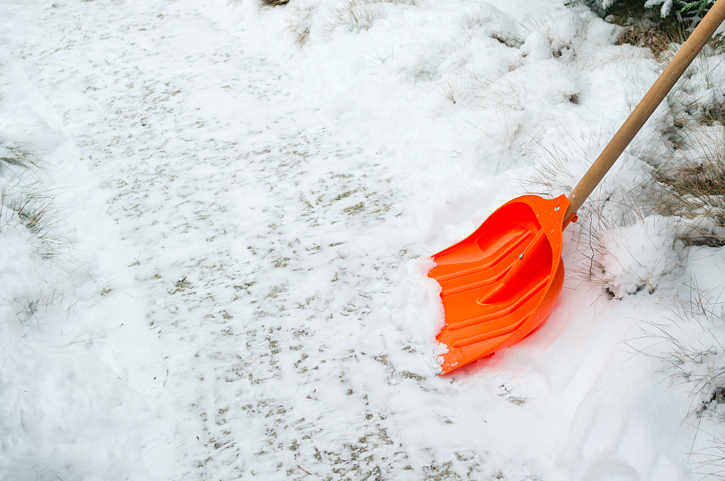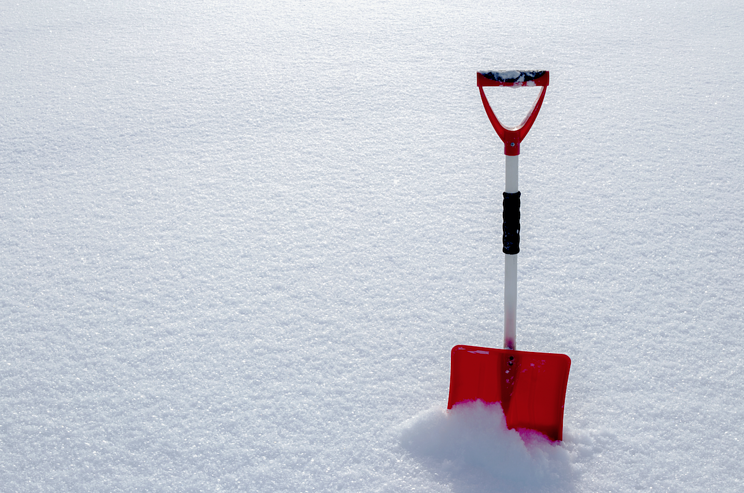
One of the most attractive and impactful improvements you can make to enhance the curb appeal of your home is a decorative and stamped concrete walkway or driveway. The transformation of an entire driveway or walkway, or the outdoor living potential of a patio area covered in this material, can upgrade the appearance of your house and landscape perhaps like no other home improvement project. And unlike brick or paver stones, stamped concrete offers versatility in installation and is often a more cost-effective option than stone.However, when ice and snow begin accumulating, that beautiful walkway can become a slippery slope when you are trying to clear it. In addition, the grooves and patterns in the decorative elements can cause even more unstable footing. But before you sprinkle salt and chemical-based de-icers over it, be aware that chemicals in commercially available de-icers destroy the protective sealers and finishes that keep your concrete so beautiful. And rock salt, which freezes, thaws, and refreezes snow and ice, results in wear and tear on the concrete slabs, hastening cracking and requiring the replacement of large sections of the driveway or walkway.
So, how can you protect the beauty and longevity of your decorative walkway or driveway without harsh chemicals? Here are some “green” strategies that are not only better for the environment, but are also more efficient and easier on your beautiful concrete surface.
- Alfalfa meal is a popular fertilizer that works as a de-icer, which means that runoff into your lawn, garden, and planting beds won’t be a problem unless your goal is a more acidic soil environment. In addition, alfalfa meal has a grainy texture that can help make your pathway more slip-resistant and, since it is often used for animal feed, it will be safe for your pets if they lick it off their paws or get a mouthful of it when they are out for their walks. However, storage may be an issue since alfalfa meal must be carefully stored in order to avoid attracting rodents and other wildlife seeking a free meal in the wintry environment.
- Coffee grounds are a popular natural alternative to chemical de-icers. They should be coarsely ground in order to be gritty enough to provide traction. In addition, the dark color of the grounds absorbs light and heat, making them more effective as a melting agent. And like alfalfa, the run-off can be nourishing to your lawn and garden soils. However, extended contact with your outdoor surfaces and your decorative concrete can cause staining and may require power washing.
- Sugar beet juice is an increasingly popular alternative de-icer, in use in many municipal applications throughout the US and Canada. However, because it works by lowering ice- and snow-melting points, it may not be as effective during a hard freeze. In addition, though sugar beet juice can be left outside, you may find yourself regretting its use when spring rolls around and the sugary residue draws ants and other pests.
- Heated snow-melting mats are a hands-off alternative to chemical and “green” de-icing alternatives. They can be placed where needed before the first flakes fall and, since they are rated for long-term outdoor exposure and use, can stay in place throughout the winter. Safe to drive on, they melt falling snow at a rate of two inches per hour and, at just $1 a day to run, may well-be the most cost-effective option.
You love your decorative walkway and driveway and want to preserve their color, finish, and sealants. Careful and mindful choices before snow flies can help ensure that you preserve and protect this gorgeous hardscape for many winters to come.


